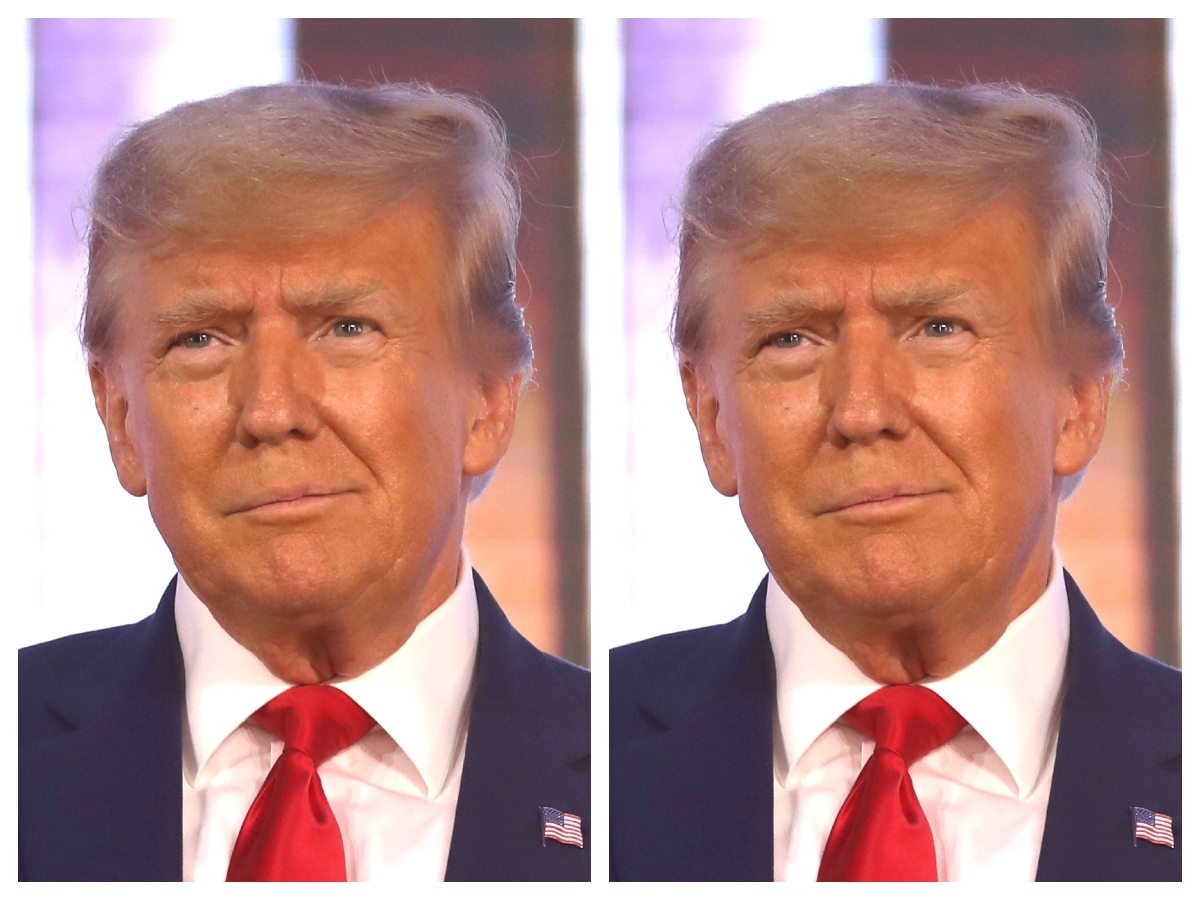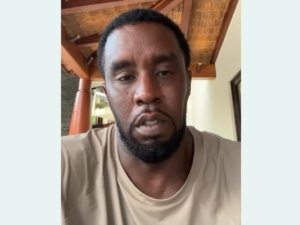A growing list of nursing and health care groups is sounding the alarm over a Trump administration proposal that would restrict how much many graduate students can borrow, warning that the plan threatens key parts of the future health workforce.
Under the proposed overhaul, students in several graduate programs would face new federal loan caps because the Education Department is no longer treating all advanced degrees as professional programs. Nursing, physical therapy, social work, dental hygiene, occupational therapy and a range of non-health fields such as education, architecture and accounting fall on the excluded list.
The shift follows Trump’s “Big Beautiful Bill,” which Congress approved and which instructs the Education Department to revise borrowing rules. For years, graduate students were allowed to take out loans equal to the full cost of their degree. The new framework replaces that approach with limits tied to whether a program is categorized as professional or graduate.
To define professional programs, federal officials are leaning on a 1965 student aid law as their foundation. That statute cites several examples of professional degrees but notes the list is not intended to be complete. The administration’s proposal narrows the definition, declaring that only the fields explicitly identified in the new rule qualify. The Education Department currently places pharmacy, dentistry, veterinary medicine, chiropractic, law, medicine, optometry, osteopathic medicine, podiatry and theology in the professional category.
Graduate students in those professional tracks could borrow up to fifty thousand dollars a year and no more than two hundred thousand dollars overall. All other graduate students, including those preparing for nursing and physical therapy, would be restricted to twenty thousand five hundred dollars annually and one hundred thousand dollars in total. The department says the caps would start next July once the plan is finalized, though current students would keep their existing loan limits.
Federal officials argue that tighter caps are essential to curb rising tuition, saying that limiting access to loans will press universities with high costs to reconsider their pricing. The department also maintains that most nursing students will not be affected. According to its data, about ninety-five percent of them are enrolled in programs that cost less than the proposed one hundred thousand dollar limit. The American Association of Colleges of Nursing revealed that one in six registered nurses held a master’s degree in 2022.
The rulemaking process outlining the plan has recently concluded, and health care groups have responded with strong objections. The coalition representing many of those fields insists that post-bachelor’s programs required for licensure or certification should be recognized as professional degrees. They point out that many of the excluded fields are dominated by women and remain in urgent demand. A 2019 U.S. Census Bureau report showed women accounted for roughly three-quarters of the nation’s full-time, year-round health care workforce and made up even larger portions in positions such as dental and medical assistants.
Advocates say the proposal will worsen nursing shortages, force students toward costlier private loans and ultimately undermine patient care. The American Association of Colleges of Nursing warns that “the impact on our already-challenged nursing workforce would be devastating.”
Many nurses see the proposal as a setback after years of trying to draw new talent into the profession. Susan Pratt, a nurse who leads a union representing nurses in Toledo, Ohio, said advanced degree opportunities have long helped young people build careers in the field. She worries those pathways will become less accessible.
“It’s just a smack in the face,” Pratt said in a report by AP. “When we were during the pandemic, the nurses showed up, and this is the thanks we get.”








